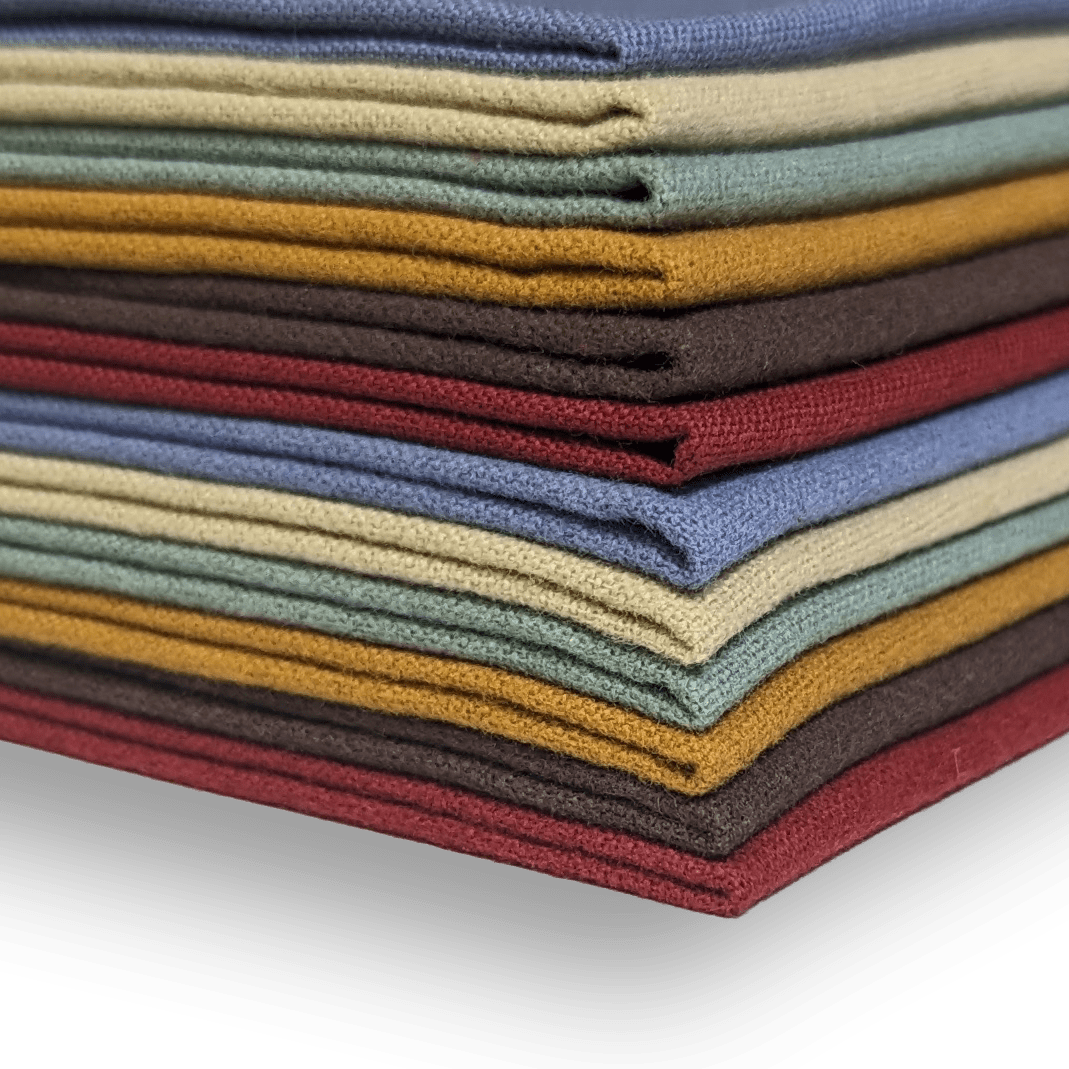The controversy around tote bags grew linearly to their popularity. A versatile and fun accessory, the bags have been cherished now across many subcategories of fashion. But in recent years, the environmental efficacy of cotton bags has been called into question by reputable sources.
The fascinating fashion history of tote bags is a strange tale. At the crossroads of high-class clothing designers and business-convention marketing strategies lies the tote bag. Companies give bags away for free as advertising while consumers pay hundreds of dollars for a logo or pattern from top designers.
To understand the environmental efficacy of cotton tote bags, we must first discover the pop culture background that led to current controversy.
When Did Tote Bags Become So Popular?

In 2016, The Atlantic published an article on the environmental efficacy of different shopping bags as part of their “Object Lessons” essay series on the hidden lives of ordinary things. This essay features commentary from designer Dmitri Siegel of Urban Outfitters who recounts extravagant public response to the first releases of high-fashion tote bags. He says crowds of 80,000 people lined up at Sainsbury stores in London in 2007 and police control was required for mobs in Taiwan upon the release of designer Anya Hindmarch’s simple cotton bags.
The tote bag has been loved ever since, but why? In a marketplace where fast fashion dominates, what makes this accessory remarkable enough to become a wardrobe essential?
The continued popularity of tote bags can be chalked up to two main benefits. Primarily, totes are adaptable and have customization possibilities. Secondly, they fulfill a role as an eco-friendly alternative to single-use bags or unsustainably made purses. Yet simultaneously, their mass-production has raised questions about how sustainable they actually are.
Are Tote Bags Eco-Friendly?

It’s not easy reading The Atlantic writer’s honest evaluation in a well-gathered account of the impacts of plastic, paper, and cotton bags. Author Noah Dillon does not let cotton tote bags off the hook-- he puts together an honest and frank report, all be it a frustrating one for those of us who hold collections of quaint shoulder bags close to our hearts. Regardless, his essay makes an important point about the mass distribution of cotton tote bags over the last few decades.
A major benefit to 100% cotton products is that they’re both reusable and biodegradable. Whether your cotton bag in an every-day purse, a grocery shopping bag, or a picnic tote, each time you use the bag you are saving single-waste items from ending up in our oceans. National Geographic’s analysis of the best shopping bag said that in both the U.S. and Europe, cities that banned plastic bags found less plastic pollution in surrounding bodies of water.
On the other hand, National Geographic’s evaluation of shopping bags also identifies a contradiction in the case of cotton-made products that may undermine their eco-friendly advantages. The consumeristic nature of fast fashion sparked an influx of consumers buying bags or getting free ones. This feeds into a cultural belief that we need to keep buying more products, throwing them away, then buying more, and so on. Totes are designed to replace single-use options, but a high concentration of the accessory in the market has led some to throw away as many cotton bags as they would plastic ones.

The Atlantic cites a survey that found that owners of reusable bags forget to bring them 40% of the time they went to the store. The contradiction is that they are designed to be reused, yet people don’t utilize them, and some people even get rid of them and buy more bags that go unused. The subsequent waste results in the debate over the tote’s place in fashion and utility.
For tote bags to be sustainable, they have to be well-used and well-loved. National Geographic’s article also states that cotton bags must be used “thousands of times” before reaching the same impact as a plastic bag. Essentially, cotton bags can have a bigger impact than plastic options if they are thrown away quickly. Some people have suggested switching to bags made of alternative plastics that account for their environmental impact after just 10 or 15 uses. However, we’re aiming to reduce waste, not to find more efficient ways to be wasteful.

Fortunately, those who care about eco-friendly living already know the value of using what is already available to you. The common habit of buying things to throw them away is not shared within the zero-waste movement. Those who make thoughtful purchases of sustainable products step outside the forces of cultural consumerism. As a responsible consumer, you use your tote for a variety of purposes and you’re clever to keep a few bags in the car so you never forget them at the store. You wash your bags regularly and sport positive, supportive messages when you wear them out. You are resourceful and you use what you have to preserve our Earth’s resources.
So, after all, cotton tote bags are sustainable when you make good use of them. But before you buy just any bag, there’s one more important thing to know: The cotton industry can be tricky. Here’s more on how to find the best cotton tote bag.
How Can You Find A Sustainable Cotton Tote Bag?

Finding the right source of cotton goods is important because the quality and origin of the material can indicate the extent of a product’s impact. Cotton farming is an incredibly old industry with strong-holding roots in unethical practices like child labor and slavery. Unethical and unsustainable agriculture methods still remain in many places. You can avoid supporting poor practices by buying the right bags and making good use of them.
Many cotton farms use fertilizers and pesticides for their crops, causing both significant water pollution and health issues for farmworkers. Another criticism of cotton’s viability is that it is often grown in arid places which require more water. This can eventually lead to the misuse of water in areas where the resource may already be scarce. Organic cotton is grown without any of these chemicals, so its environmental impact is lower than standard cotton. .
Conclusion
While fast fashion has corrupted some aspects of the tote bag trend, there are still sustainable options to end your search for stylish and eco-friendly choices. After you’ve made good use of your cotton tote bags, the fabric will biodegrade and leave no trace.
There’s plenty of large totes to fit all of your groceries, or you can get more creative with your use of cotton bags! We recommend picking designs you really like so you feel excited to maximize the lifespan of your totes!
We’d love to hear what creative uses you’ve discovered for your own cotton tote bags. Let us know in the comments if you have any clever tips or tricks for getting the most out of these trendy and convenient accessories!



